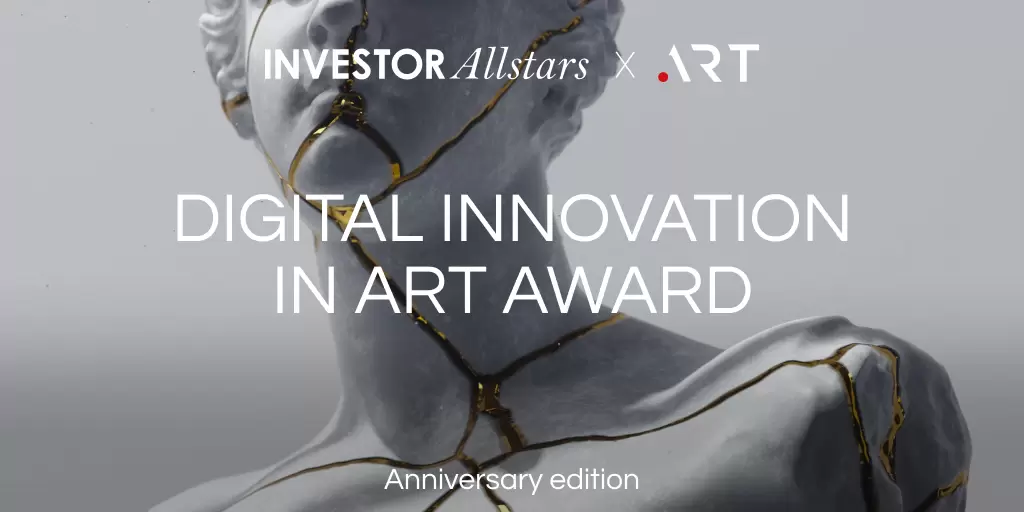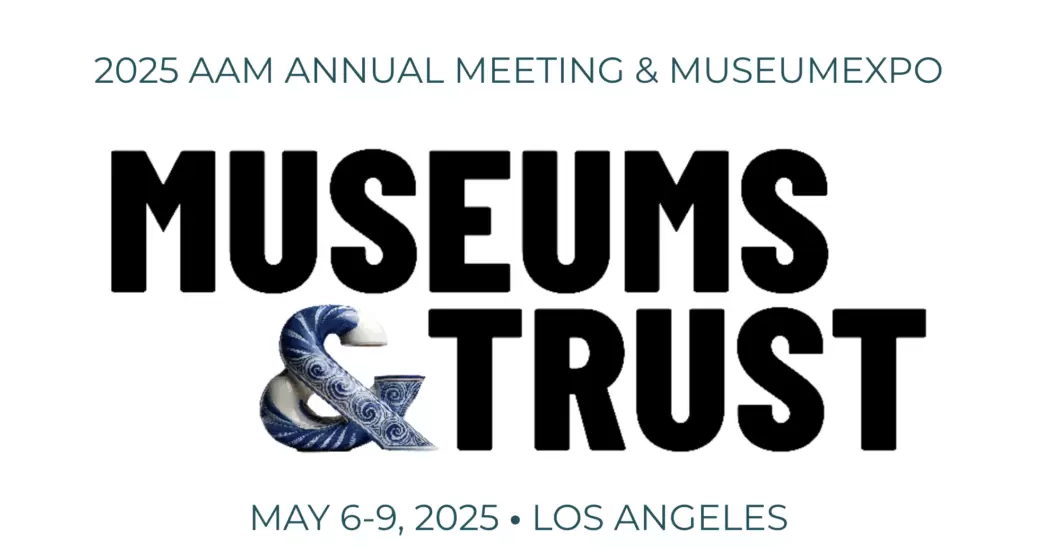Asian Art Market Experiences Growth as Shanghai International Artwork Trading Month Kicks Off
From growth to challenges in the Asian art market.


Shanghai, China — The first edition of the government-backed Shanghai International Artwork Trading Month kicked off earlier this month, with vernissages at Art021 Shanghai Contemporary Art Fair (7-10 November) and West Bund Art & Design (8-10 November) leading the way.
In addition, the inauguration of the brand-new Pompidou Shanghai within the new West Bund Museum saw curators, artists, dealers and collectors coming from around Asia and the world to experience the newest developments in the Asian contemporary art market.
It’s a chance for Shanghai to exhibition its own clout, particularly after protests have rocked Hong Kong over recent weeks and months, prompting a slow-down in Asian art sales.
“We do believe art goes beyond politics,” says Art021’s co-founder Kylie Ying. “Mainland [China] has its own independent art market. It might be an opportunity, but we can’t really tell at the moment.” Ying also points out that the Hong Kong-based Alisan Fine Arts and Gallery Exit are returning to the fair this year, which has a total of 110 exhibitors.
There is speculation that galleries and collectors from around the world are now beginning to see Shanghai — not Hong Kong — as the spring board to the Asian art market. According to a report in the Art Newspaper, of the 109 exhibitors at the fair this year, 28 are showing for the first time including the London-based Stephen Friedman Gallery, which will bring works by David Shrigley, Mamma Andersson, Jonathan Baldock, Yinka Shonibare and Luiz Zerbini. According to one gallerist, Stephen Friedman, “Shanghai is of course a different market, but our experience in Hong Kong points in the right direction. The art market shows resilience in many parts of the world, so we are not perturbed,” he was quoted in the Art Newspaper as saying.

A West Bund spokeswoman points out that this month “marks the inaugural Shanghai International Artwork Trading Month, an initiative that aims to accelerate Shanghai’s development into a global art trading hub and was thought up by the West Bund Group and Kailan Marketing & Planning Company (it is also backed by Shanghai’s Municipal Bureau of Culture and Tourism, the Xuhui District Government, the municipal and district Communist Party Committees and the taxation and foreign exchange bureaus).
As Kylie Ying notes, tariffs on art sales have been lowered by the Chinese government to 1%. She adds: “Any imported goods in China are still submitted to a VAT of 13%, it used to be 16% though. Comparably it’s still quite high, but the government is working on the adjustment. We are working closely with Shanghai Waigaoqiao Free Trade Zone, which could provide convenient warehousing for galleries.”
How .ART Domains Are Taking Artists Online Read More How to register a business email on .ART Read More Portfolio on .ART: How to showcase your creative work in 4 simple steps Read More
This is important because while many analysis’s point to the fact that Hong Kong remains an important hub for the art market in Asia, with ongoing political and economic uncertainties cities like Shanghai are poised to get a bigger slice of the pie.
Yet, some Shanghai-based galleries admit to feeling the economic woes plaguing the Asian art market more generally. “The current overarching economic environment is not so satisfactory, which has definitely impacted the art market,” says Lise Li, the owner of Shanghai’s Vanguard Gallery, which is showing at Art021. However, she notes that China’s domestic art market is stable and overall quite development, particularly since the 2008 recession. “Domestic collectors have become mature and experienced, and collection practices will not change just become of economics. I think this is a very good phenomenon, and a positive signal for the local gallery industry and art ecology.”
The challenges for the Asian art market — and for the international contemporary art market writ large—is how to integrate solutions in an industry that is notoriously averse to transparency, pricing and access to information.
Also published on Medium.





